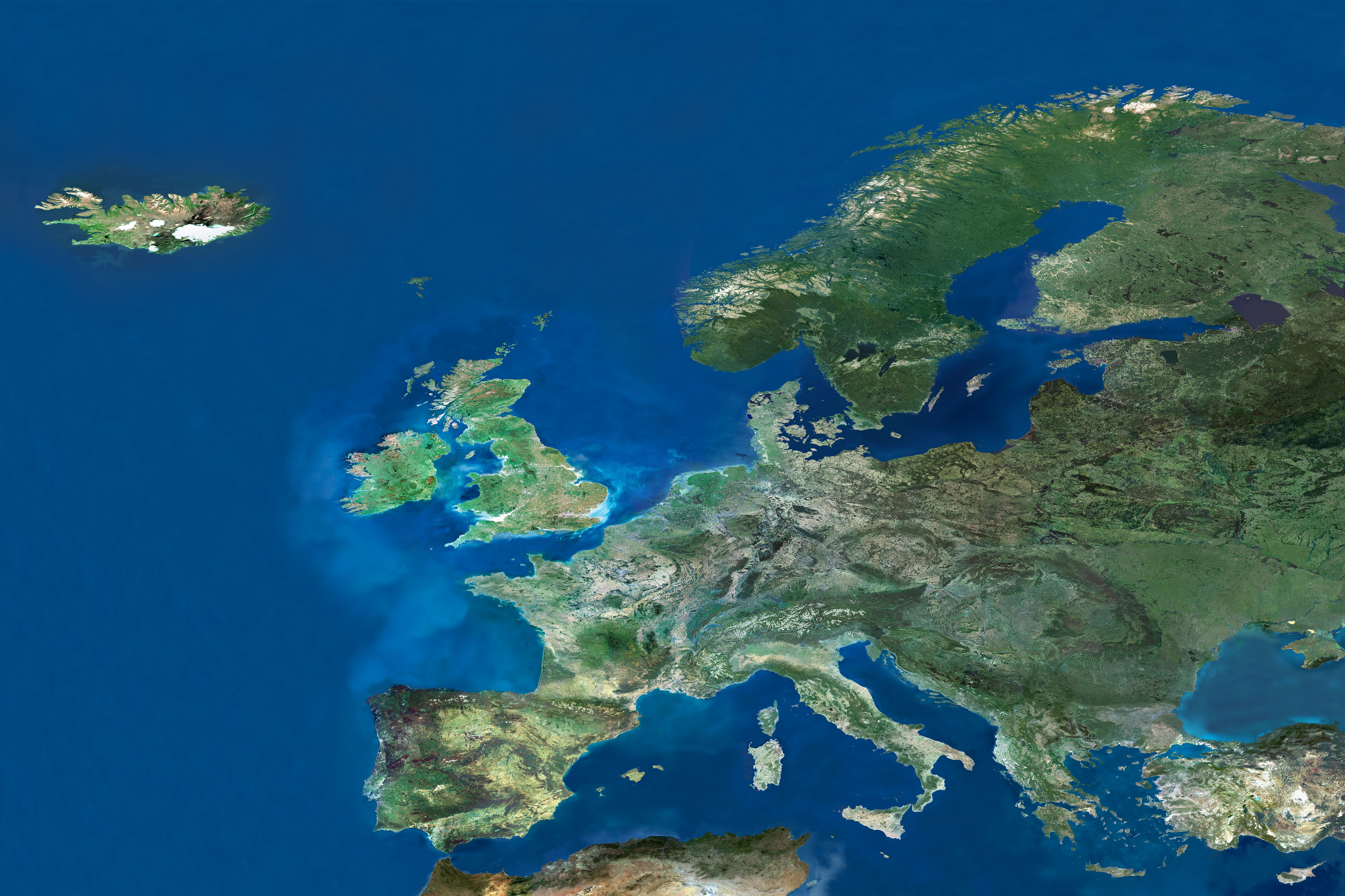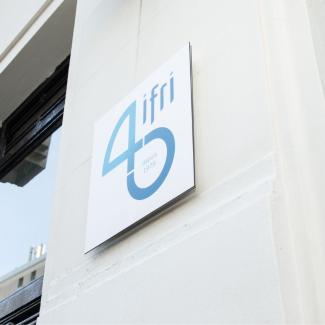GMES, the Second Flagship

The Global Monitoring for Environment and Security (GMES) Program is often overshadowed by what is perceived to be the flagship program of European space, Galileo. As a matter of fact, GMES is just as important and faces many similar challenges.
The Global Monitoring for Environment and Security (GMES) initiative, launched in 1998 the European Commission (EC), ESA and national space agencies, is often over-shadowed by what is perceived to be the flagship program of European space, Galileo. As a matter of fact, GMES is just as important, and faces many similar challenges.
The launch of GMES was motivated by comparable strategic goals. First, it will increase Europe’s autonomy, by providing independent access to space data and enabling independent decision-making (GMES will deliver information in six areas: Land, Marine, Atmosphere, Emergency Response, Security and Climate Change). Second, it will strengthen the EU contribution to global knowledge on climate change, as GMES will be the European contribution to the Global Earth Observation System of Systems (GEOSS). Last but not least, GMES is expected to provide major societal and economic benefits to the EU citizens, in line with the Europe 2020 strategy.
However, unlike Galileo, GMES is more than a space infrastructure. It is conceived as a system of systems, combining existing and future Earth Observation (EO) satellites, airborne sensors and ground stations to provide comprehensive and unified EO data “to better manage the environment, understand and mitigate the effects of climate change and ensure civil security”. GMES will rely on three components: Space, In-Situ and Services. As such, GMES is a user oriented project, aiming at responding to user communities’ needs.

Available in:
ISBN / ISSN
Share
Download the full analysis
This page contains only a summary of our work. If you would like to have access to all the information from our research on the subject, you can download the full version in PDF format.
GMES, the Second Flagship
Find out more
Discover all our analysesChina-Russia Cooperation in Space: The Reality behind the Speeches
China-Russia cooperation in space has been increasing for the past two decades. This cooperation accelerated after the Crimea crisis in 2014 and culminated with the announcement in 2021 of the joint construction of the International Lunar Research Station (ILRS).
Space in a Changing Environment: a European Point of View
The development of European space activities has long been pursued under the framework of the European Space Agency and other national space agencies. More recently, the emergence of the European Union as a new actor for space has paved the way for a series of initiatives and opportunities.
Launcher policy in Europe: from symbol to the market?
Launcher policy will be one of the major issues discussed at the upcoming ESA Council at Ministerial Level. Europe is at the crossroads, as it needs to find the adequate balance between political necessities (ensuring an autonomous access to space) and economic realities (reducing costs).
The Lisbon Treaty and the Evolution of European Space Governance
Until the adoption of the Lisbon treaty in December 2007, there was no explicit reference to space in the EU’s constitutive documents. While the European Space Agency has been active in space since the mid-1970s, the Union’s policy remained without a legal basis for space activities. Parallel to the treaties’ evolution however, the EU’s competences never stopped expanding to new fields, bringing it ever closer to space and its various applications. Creativity and dynamic uses of these existing competences have allowed the EU to progressively interfere with the space sector and to get closer to ESA.









